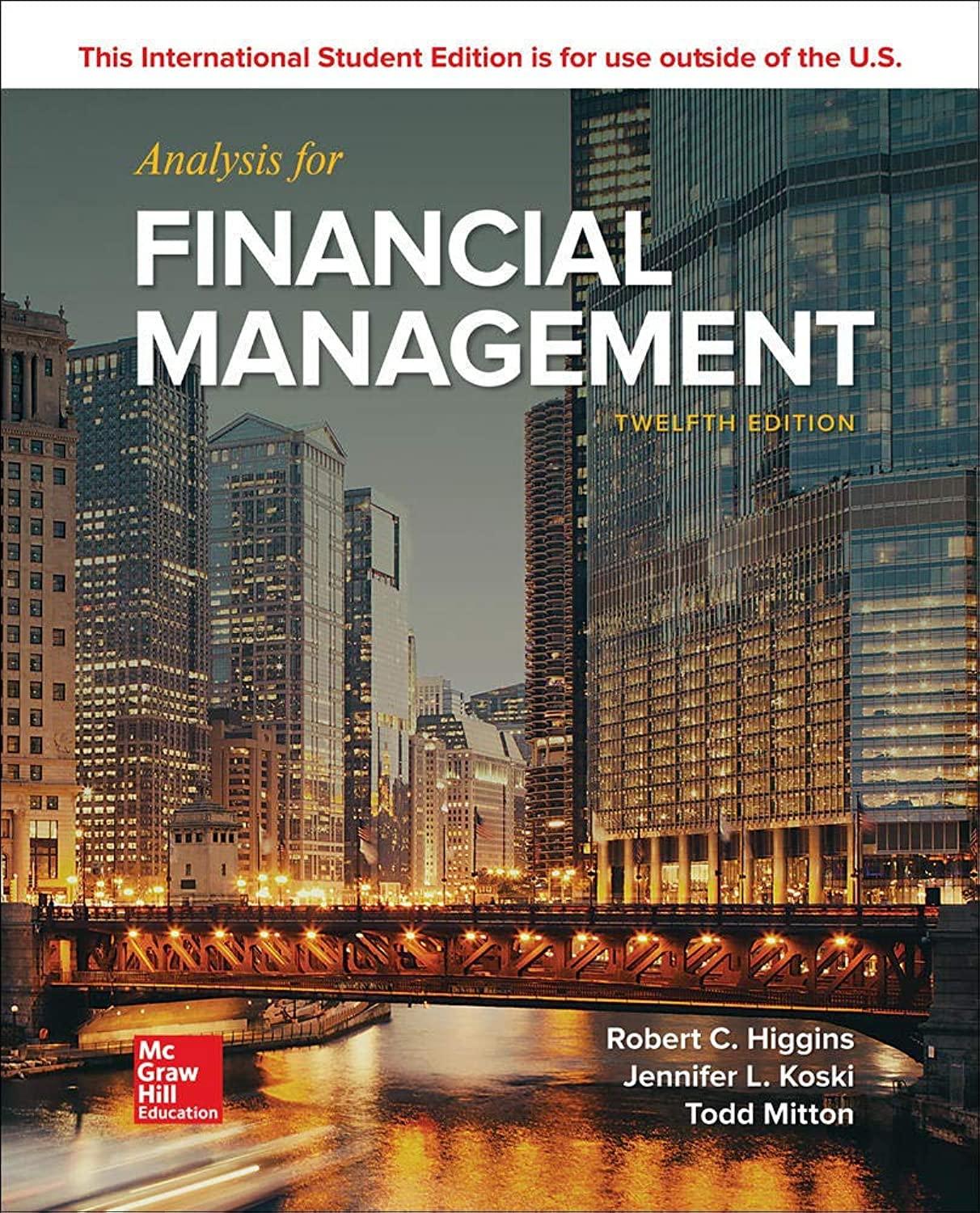


Performance Attribution 1. How much of the manager's portfolio and how much of the benchmark portfolio is in cash? a. The managed portfolio is 60% in cash and the benchmark is 30% in cash. b. The managed portfolio is 23% in cash and the benchmark is 10% in cash. c. The managed portfolio is 10% in cash and the benchmark is 5.81% in cash. 2. Does the manager appear to be bullish or bearish about the stock market? a. Bullish b. Bearish c. Neutral 3. Did the manager's overweight of the equities lead to positive or negative performance compared to the benchmark? a. Positive b. Negative 4. Did the manager's underweight of fixed income lead to positive or negative performance compared to the benchmark? a. Positive b. Negative 5. What was the return of the stock market during the period? a. 5.81% b. 1.45% c. .48% 6. When the manager overweighted stocks, how much extra return was produced by this asset allocation decision? a. .15.81%=.5810% b. .231.45%=.3345% c. .13.48=.0624% 7. In addition to the decision to allocate more of the portfolio to stocks, the manager decided that she didn't want to just invest in an index fund. She selected a portfolio of specific stocks that she felt would outperform the overall stock market. Did the manager's stock picking help the portfolio? a. No, the stock picking resulted in a lower return. b. Yes, the stock picking resulted in a higher return. 8. What was the stock market return for the portfolio? a. 1.89% b. 5.81% c. 7.28% 9. The manager's stock selection resulted in the stock portfolio having an excess return of 1.47%, but the stock selection didn't increase the overall portfolio return by 1.47%. Why? a. The portfolio was only 70% allocated to stocks, so the increase to the overall portfolio was 70%1.47% due to stock selection. b. The portfolio was only 7% allocated to stocks, so the increase to the overall portfolio was 7% x .44\% due to stock selection. c. The portfolio was only 23% allocated to stocks, so the increase to the overall portfolio was 23%0% due to stock selection. 10. How much portfolio return was added from the security selections in stocks and bonds? a. 1.06% b. 1.47% c. 1.91% Performance Attribution 1. How much of the manager's portfolio and how much of the benchmark portfolio is in cash? a. The managed portfolio is 60% in cash and the benchmark is 30% in cash. b. The managed portfolio is 23% in cash and the benchmark is 10% in cash. c. The managed portfolio is 10% in cash and the benchmark is 5.81% in cash. 2. Does the manager appear to be bullish or bearish about the stock market? a. Bullish b. Bearish c. Neutral 3. Did the manager's overweight of the equities lead to positive or negative performance compared to the benchmark? a. Positive b. Negative 4. Did the manager's underweight of fixed income lead to positive or negative performance compared to the benchmark? a. Positive b. Negative 5. What was the return of the stock market during the period? a. 5.81% b. 1.45% c. .48% 6. When the manager overweighted stocks, how much extra return was produced by this asset allocation decision? a. .15.81%=.5810% b. .231.45%=.3345% c. .13.48=.0624% 7. In addition to the decision to allocate more of the portfolio to stocks, the manager decided that she didn't want to just invest in an index fund. She selected a portfolio of specific stocks that she felt would outperform the overall stock market. Did the manager's stock picking help the portfolio? a. No, the stock picking resulted in a lower return. b. Yes, the stock picking resulted in a higher return. 8. What was the stock market return for the portfolio? a. 1.89% b. 5.81% c. 7.28% 9. The manager's stock selection resulted in the stock portfolio having an excess return of 1.47%, but the stock selection didn't increase the overall portfolio return by 1.47%. Why? a. The portfolio was only 70% allocated to stocks, so the increase to the overall portfolio was 70%1.47% due to stock selection. b. The portfolio was only 7% allocated to stocks, so the increase to the overall portfolio was 7% x .44\% due to stock selection. c. The portfolio was only 23% allocated to stocks, so the increase to the overall portfolio was 23%0% due to stock selection. 10. How much portfolio return was added from the security selections in stocks and bonds? a. 1.06% b. 1.47% c. 1.91%









